OpenAI’s secretive project with legendary designer Jony Ive (the former Apple design chief) is beginning to take shape, but reports suggest the journey hasn’t been smooth. The portable AI-first device, which the companies hope to launch next year, is said to be running into major software and infrastructure challenges that could push back its debut.
A Screen-Free AI Gadget
The concept behind the device is ambitious. It’s described as a palm-sized gadget without a traditional screen. Instead, it would use a camera, microphone, and speaker to see, hear, and talk to the user.
The idea is for the device to be “always on”, constantly picking up environmental cues to build memory and context for its AI assistant. If successful, it could move far beyond the smart speakers we’ve known over the last decade — becoming a more intelligent and helpful companion.
The Hurdles: Software and Infrastructure
On the design side, Ive’s team is reportedly ahead, but software remains a sticking point. One of the hardest challenges is shaping the AI’s personality and conversational style — making it helpful without being annoying or overly flattering.
Another issue is infrastructure. Powering such a device at scale would require massive compute resources. OpenAI is already under pressure to keep its existing services like ChatGPT running smoothly, so expanding to a new consumer product could stretch its technical and financial limits.
Building the Right Team and Supply Chain
To push this vision forward, OpenAI has been steadily growing its hardware division. When it partnered with Ive’s design firm LoveFrom (previously called io), it brought in more than 20 ex-Apple engineers. The company has also recruited talent from Apple and Meta to strengthen its bench.
On the manufacturing side, OpenAI is reportedly working with Luxshare, a Chinese contractor known for assembling Apple products. However, final assembly of the AI device might happen outside China, likely due to strategic and political considerations.
The Road Ahead
The device remains largely under wraps, but if OpenAI and Ive’s team can overcome these challenges, it could represent a new category of AI-powered consumer tech. For now, though, the question is whether the software and infrastructure can catch up to the bold design vision.






